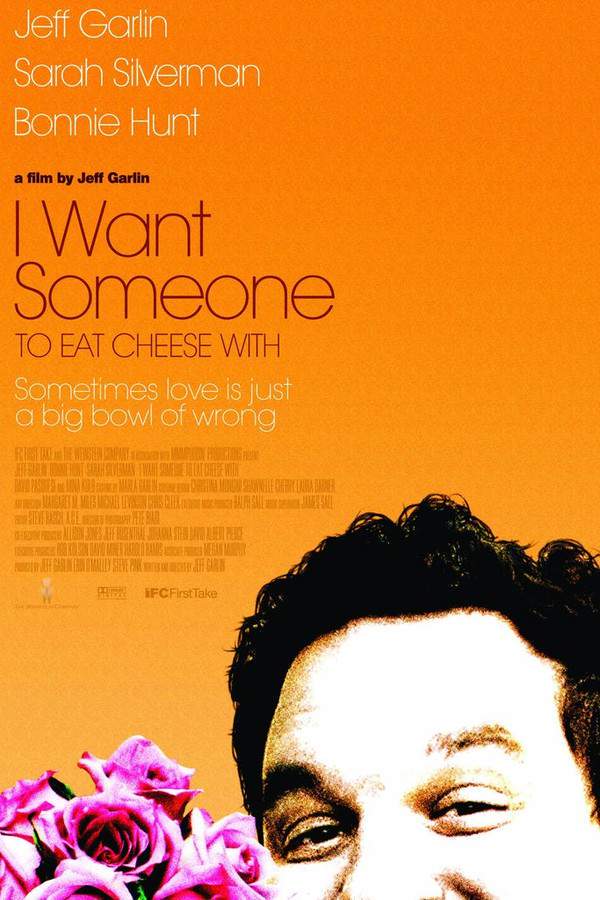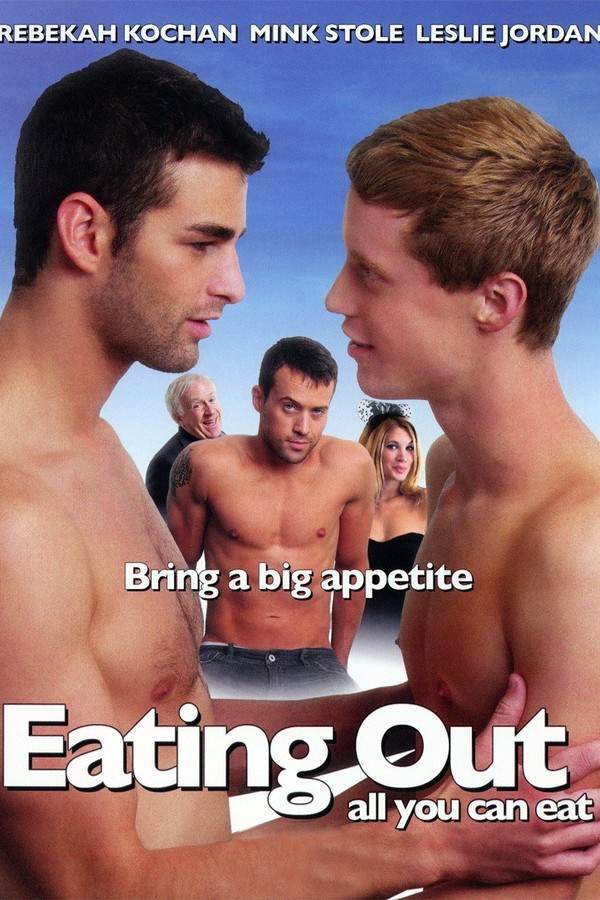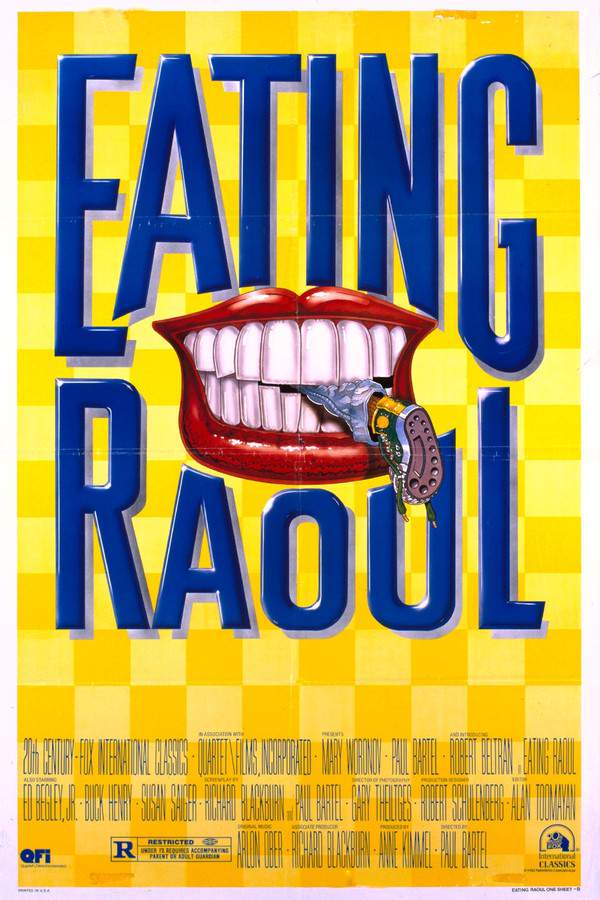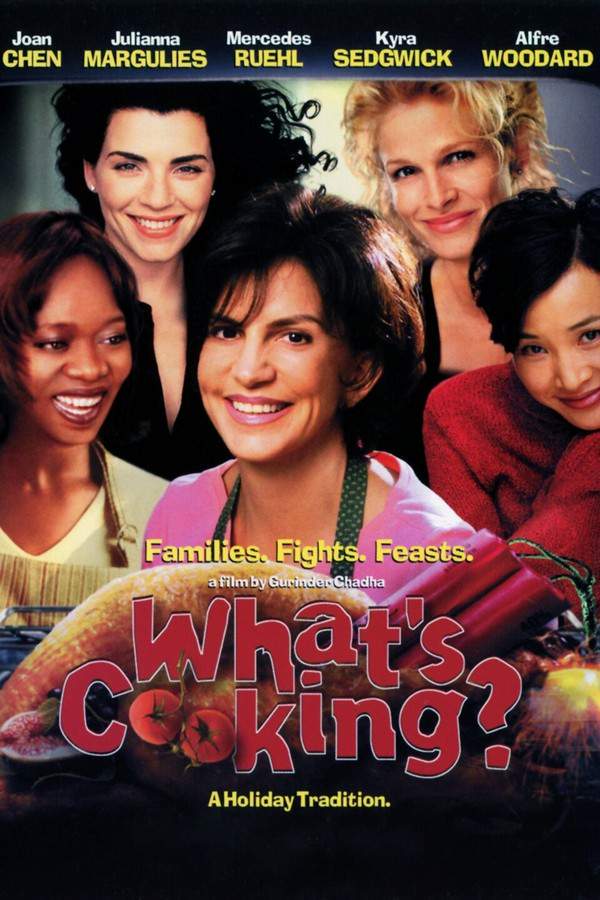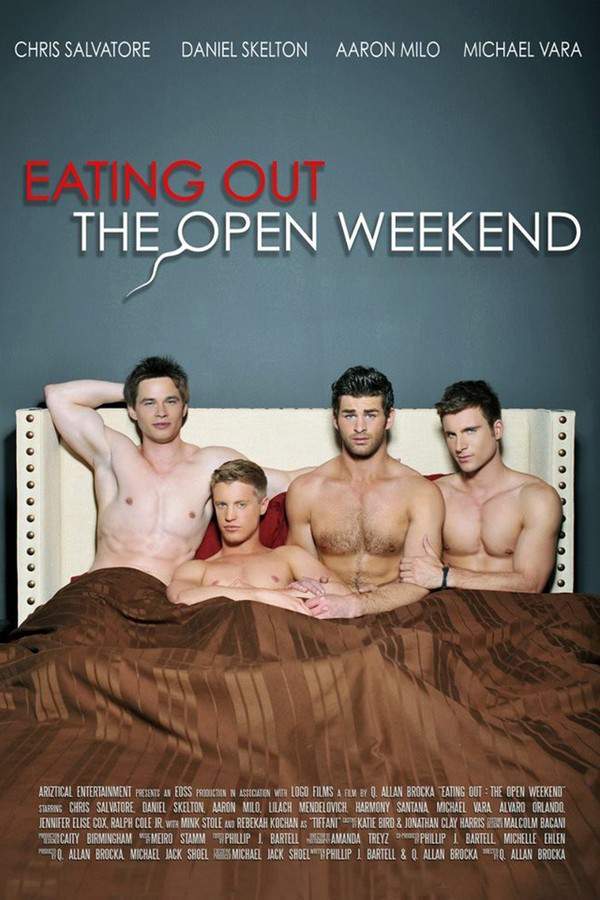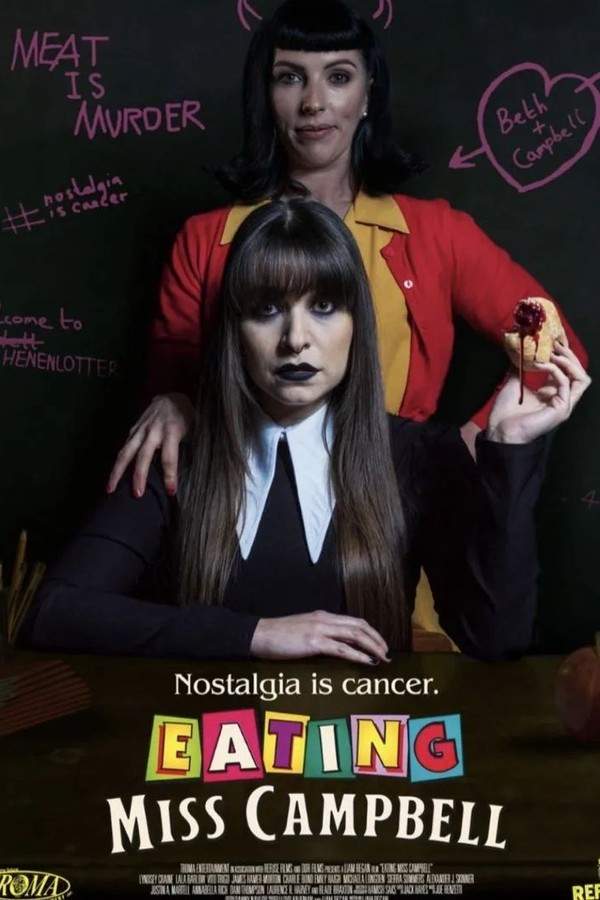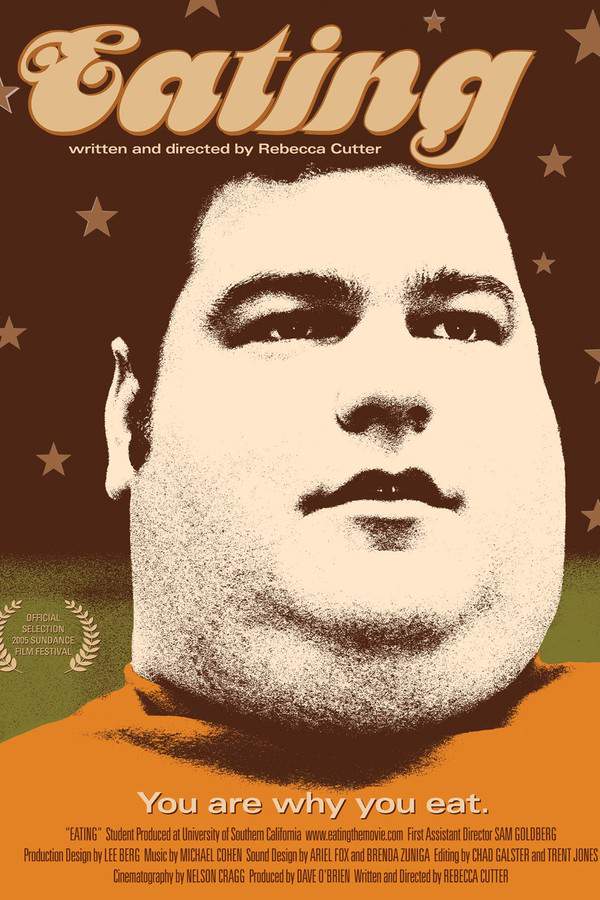
Eating 1990
Directed by
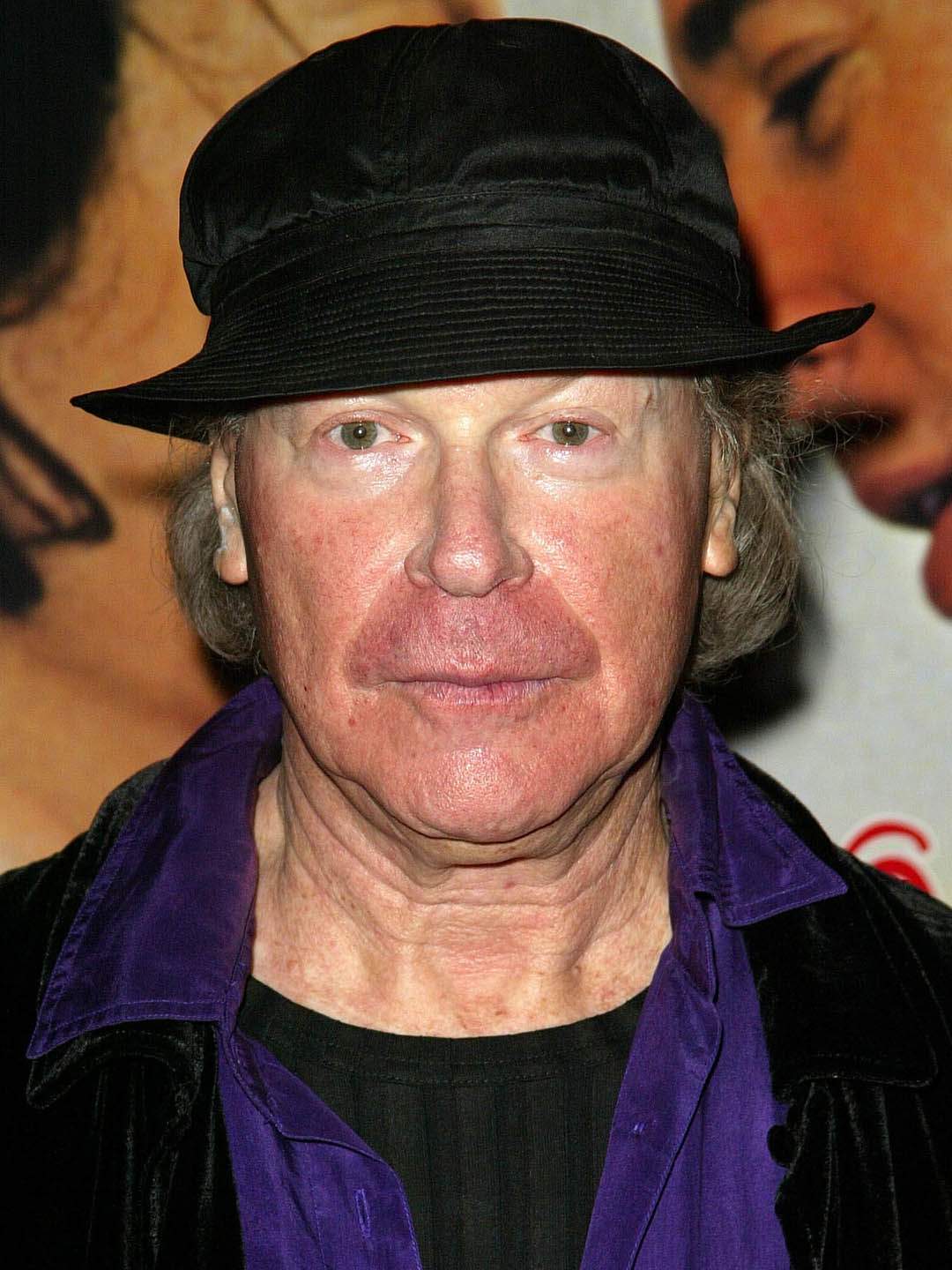
Henry Jaglom
Made by

MK2 Diffusion
Eating Plot Summary
Read the complete plot summary and ending explained for Eating (1990). From turning points to emotional moments, uncover what really happened and why it matters.
At her residence in Los Angeles, California, Helene Bradley (Lisa Richards) organizes a lively birthday gathering exclusively for women, celebrating her milestone 40th birthday alongside friends Sadie (Marlena Giovi) and Kate (Mary Crosby). Sadie is approaching her 50th birthday, while Kate is just crossing the threshold of 30. To capture the vibrant essence of the occasion, Martine (Nelly Alard), a French filmmaker staying at the residence, decides to create a television documentary about the event. With a curious spirit, she kicks off her filming by posing a provocative question to the group, “Do you have any problem with food?”
As the festivities commence, Helene engages in a Tarot card reading to uncover what her new decade holds. She inquires of her stepdaughter Lydia (Marina Gregory) if her husband Frank, who is supposed to return home by 7:00 PM, consistently avoids being present for birthdays. As various guests including Kate, Sophie (Gwen Welles), Sadie, and Sadie’s daughter Jennifer (Daphna Kastner) arrive, it becomes apparent that the atmosphere is charged with both celebration and underlying insecurities. Sophie expresses admiration for Martine’s figure, mentioning Helene’s struggle with body image.
Sadie, a theatrical agent, grapples with her feelings about aging while managing a relationship with a significantly younger boyfriend. The arrival of Helene’s mother, Mrs. Whitney Williams (Frances Bergen), shifts the dynamics as she is coaxed to join the party. Throughout the gathering, conversations flow seamlessly from food to sexuality and body image, revealing the women’s complex feelings towards themselves and one another. A candid moment occurs when Jennifer shares her vulnerability about enjoying food yet feeling anxious about consuming it in front of others, stating, “It’s like sex.”
As the evening unfolds, Lydia reflects on her relationship with her father and stepmother, and Martine shares her own family experiences. Just as Helene’s sister, Nancy (Elizabeth Kemp), arrives, more guests bear gifts, leading to humorous exchanges and discussions about self-image. The party commences with entertaining antics, including Sophie gifting Helene “batacas,” comedic padded bats for releasing pent-up frustrations as they playfully shout, “I hate you!”
In a nostalgic twist, Whitney becomes a confidante, raising questions about the superficiality of beauty standards as she shares her own struggles. More guests continue to join, presenting Helene with quirky gifts, including “screaming cups,” leading to uproarious laughter as they scream into them. The stomach-churning arrival of food also instigates heartfelt conversations, revealing confessions about unhealthy relationships with food that many of the women have faced throughout their lives.
As tensions heighten when Frank fails to arrive as promised, Helene’s heartache unfolds. She confides in Whitney about Frank’s prolonged absence, leading the older women to encourage her to accept the complexities of marital life, including potential infidelities. Amid the mix, tidbits of gossip resonate around Frank’s possible affair, causing ripples of insecurity and jealousy within the group, even stirring revelations from women regarding their past connections with him.
As the cake-cutting ceremony approaches, a noticeable change is tangible: the first piece is passed around but remains untouched, symbolizing the unspoken tension in the air. Whitney enjoys her slice, contrasting with an unyielding pressure on Jennifer from Sadie to maintain a slim figure. The dinner becomes a platform for further revelations, especially surrounding relationships with food and the emotional weight tied to them.
Finally, facing the brutal truth about her husband’s behavior brings Helene to a breaking point, where the support of her friends and family becomes crucial. After confronting the realization, she ultimately begins to embrace her new identity as an independent woman, declaring, “It’s scary, but exciting.” Meanwhile, Martine reflects on her own solitary existence, suggesting that perhaps, both women are on the brink of new beginnings in their lives. The film concludes on a note of introspection, as these women navigate the intersection of personal struggle and camaraderie, reminding viewers of the complexities of womanhood, aging, and the importance of community.
Eating Timeline
Follow the complete movie timeline of Eating (1990) with every major event in chronological order. Great for understanding complex plots and story progression.
Helene's Birthday Party Begins
Helene Bradley hosts her 40th birthday party at her Los Angeles home. Friends Sadie and Kate join her to celebrate their milestone birthdays, with Sadie approaching 50 and Kate recently reaching 30. The atmosphere is filled with excitement and anticipation as the women gather together.
Martine Starts Filming
Martine, a French filmmaker, decides to document the party for a television project. She engages by asking the group about their relationships with food, setting the tone for a series of revealing discussions that will unfold throughout the celebration.
Helene's Tarot Reading
To gain insight into her upcoming year, Helene performs a Tarot card reading. This moment sets off a chain of reflections about her life, particularly concerning her husband, Frank, and the theme of escaping on birthdays.
Arrival of Guests
As the party kicks off, more guests arrive bringing gifts and sharing food. They engage in light-hearted banter about aging, relationships, and bodily insecurities, creating a lively yet vulnerable atmosphere among the women.
Generational Tensions
Sadie expresses her frustrations with aging and her complicated emotions surrounding her daughter's youth and beauty. The candid discussion amongst the women reveals insecurities about body image and societal expectations.
Whitney's Wisdom
Whitney, Helene's mother, offers her perspective on women’s insecurities, expressing confusion about why attractive and successful women obsess over food and appearance. She seeks to understand the behavioral patterns of women amidst a celebratory setting.
The Cake and Confessions
When the birthday cakes are presented, rather than indulging, the women pass them around without eating. This act symbolizes deeper emotional struggles, as Whitney enjoys her slice while many others refrain due to their insecurities.
Moments of Vulnerability
Later, various women open up to Martine's camera about their relationships with food and their pasts. They reveal how food has often served as a substitute for love, pointing to deeper emotional scars linked to their experiences.
Frank's Phone Call
Helene receives a phone call from Frank, informing her that he won't make it home as promised. This revelation shatters Helene and paves the way for revelations about his unfaithfulness and the brewing tensions of the party.
Whispers of Betrayal
As the party progresses, rumors about Frank's supposed affair surface. One guest outright shares that she had an affair with him years ago, igniting further anxiety and speculation about his current behavior at the celebration.
Emotional Breakdowns
The tension culminates when Helene confronts various guests, accusing them of being involved with Frank. Emotional turmoil spills over, leading to distressing moments, including Sophie being found in the bathroom after her own struggles with jealousy.
Acceptance of Change
As the night draws to a close, Helene begins to embrace her new reality as a woman alone. With a mix of fear and excitement, she expresses her resolve to move forward despite the uncertainty of her future without Frank.
Martine's Reflection
Martine reflects on her own solitary existence and her readiness to seek a more meaningful relationship. This exchange with Helene offers a poignant contrast between their differing experiences with love and loneliness.
End of the Celebration
As guests begin to leave, the party concludes with a mixture of relief and disappointment. The festivities seem to symbolize the end of an era for Helene, highlighting the complexities of aging and relationships among the women.
Eating Characters
Explore all characters from Eating (1990). Get detailed profiles with their roles, arcs, and key relationships explained.
Helene Bradley
Helene Bradley is a woman navigating the complexities of turning 40 while dealing with personal insecurities about her marriage and body image. As the host of the party, she embodies the pressures women face about aging and fulfillment in their relationships. Her emotional journey reflective of self-acceptance shines through her exploration of personal pain and resilience.
Sophie
Sophie is a theatrical agent and one of Helene's closest friends, characterized by her sharp wit and deep insecurities. She openly grapples with her body image and displays jealousy toward those around her, particularly Helene's seemingly perfect life. This duality in her character adds nuanced tension to the party's dynamics.
Sadie
Sadie is depicted as a tired and frustrated theatrical agent who wrestles with aging and body image issues. Despite her outward success, her personal life reflects insecurities regarding her relationship with her daughter and her partner, revealing a vulnerability that resonates throughout the gathering.
Whitney Williams
Whitney, Helene's mother, stands as a figure of generational wisdom amid the insecurities of the younger women. She embodies a mix of nostalgia and reality, questioning societal norms surrounding beauty and body image. Her perspective brings a balanced outlook on aging, offering insights that provoke reflection among her peers.
Eating Settings
Learn where and when Eating (1990) takes place. Explore the film’s settings, era, and how they shape the narrative.
Time period
The events of the movie take place in a contemporary setting, highlighting modern societal issues surrounding aging, body image, and female friendships. This time period sheds light on the current challenges women face in navigating personal insecurities and societal expectations.
Location
Los Angeles, California
Los Angeles, often known as L.A., is a sprawling Southern California city famed for its Mediterranean climate, ethnic diversity, and the entertainment industry. It is home to Hollywood, the landmark of American cinema, where the film and television industry converge. The city serves as a vibrant backdrop for stories that explore the complexities of life, relationships, and self-image.
Eating Themes
Discover the main themes in Eating (1990). Analyze the deeper meanings, emotional layers, and social commentary behind the film.
🎭
Self-Image
Self-image is a prominent theme in the film, as the characters openly discuss their insecurities and relationships with food and body image. Many women at the party struggle with feelings of inadequacy despite their external successes. The narrative invites a conversation on how societal pressures influence women’s self-perception, particularly concerning aging and beauty.
💔
Infidelity
Infidelity acts as a significant undercurrent in the story, driven by the emotional upheaval experienced by Helene when she discovers her husband’s affair. This theme explores the fragility of relationships and the complex emotions that arise from betrayal, impacting not only the individuals directly involved but also those around them.
Eating Spoiler-Free Summary
Discover the spoiler-free summary of Eating (1990). Get a concise overview without any spoilers.
In the sun‑washed suburbs of Los Angeles, a festive birthday gathering becomes a subtle stage for examining desire, belonging and the ways we feed our souls. The film opens on Helene Bradley’s milestone 40th celebration, a lively women‑only party filled with laughter, music and an abundance of culinary delights. As a French documentary filmmaker named Martine sets up her camera, her inquisitive question—“Do you have any problem with food?”—echoes through the dining room, hinting at the deeper appetites that pulse beneath the surface.
Helene, a warm‑hearted hostess, is surrounded by a kaleidoscope of personalities: Sadie, a theatrical agent wrestling with the passage of time; Kate, a vibrant thirty‑somethings eager to claim her own space; and Lydia, Helene’s thoughtful stepdaughter whose quiet observations often steer the conversation. Their interactions are steeped in humor and tenderness, with each woman confronting her own relationship to body image, aging, and the social rituals that revolve around the dinner table. The presence of older matriarchs, including Helene’s mother Mrs. Whitney Williams, adds a generational echo, reminding viewers that the cravings and insecurities of youth often linger into later years.
The tone balances witty banter with an undercurrent of melancholy, inviting the audience to taste both the sweet and the bitter moments of self‑discovery. Cinematically, the film’s intimate camera work captures the clink of glasses, the soft rustle of tablecloths, and the unspoken glances that convey more than words. The documentary‑style lens serves as both an observer and a participant, amplifying the sense that each conversation about food is also a conversation about identity, love, and the hunger that drives us to seek meaning beyond the plate.
Through its lively ensemble and richly drawn setting, Eating promises a poignant, comedic exploration of how hunger—whether literal, emotional, or existential—shapes the stories we tell about ourselves and the communities we build around the act of sharing a meal.
Movies with Similar Twists and Themes
Uncover films that echo the narrative beats, emotional arcs, or dramatic twists of the one you're exploring. These recommendations are handpicked based on story depth, thematic resonance, and spoiler-worthy moments — perfect for fans who crave more of the same intrigue.
Featured on this page

What's After the Movie?
Not sure whether to stay after the credits? Find out!
Explore Our Movie Platform
New Movie Releases (2025)
Famous Movie Actors
Top Film Production Studios
Movie Plot Summaries & Endings
Major Movie Awards & Winners
Best Concert Films & Music Documentaries
Movie Collections and Curated Lists
© 2025 What's After the Movie. All rights reserved.


